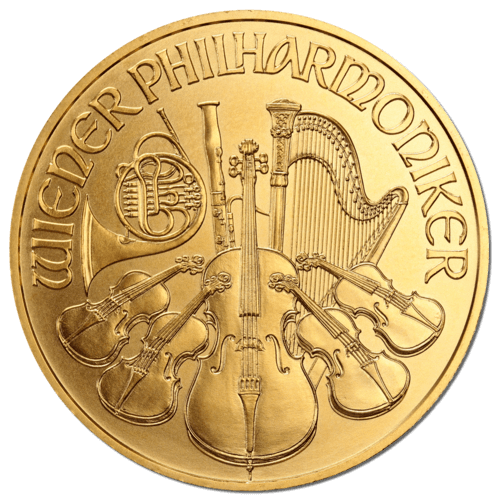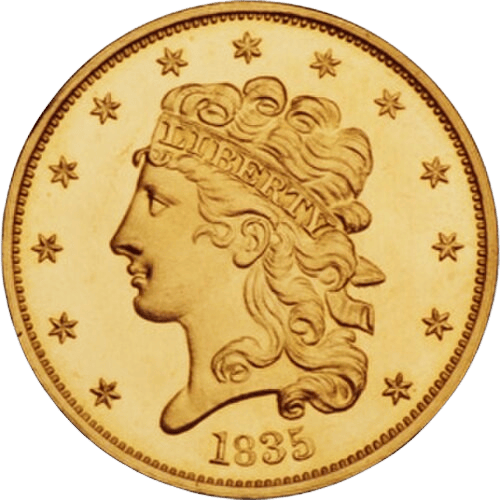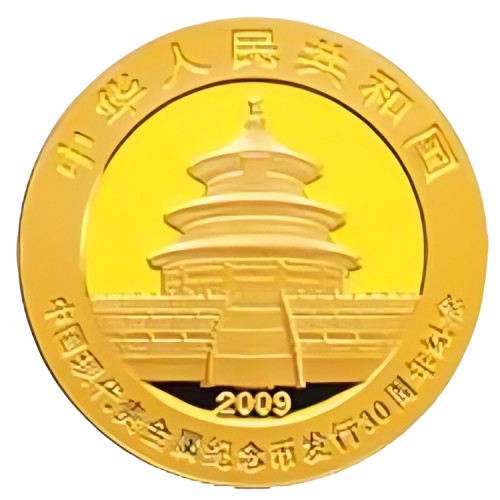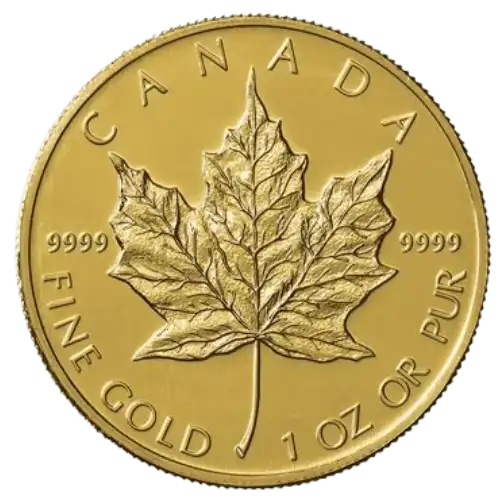Vienna Philharmonic

About The Vienna Philharmonic Coin

Obverse Vienna Philharmonic
Design : Musikverein Pipe Organ
Designer : Thomas Pesendorfer
Design date : 1989
Reverse Vienna Philharmonic
Design : Orchestra instruments
Designer : Thomas Pesendorfer
Design date : 1989

Coin Weights
NA
Austria
Edge : Smooth
Composition : 99.99% gold, 99.95% platinum, 99.9% silver
Years of minting : 1989–present
Frequently Asked Questions
FAQs
There are three important reasons to consider American Gold Metals Inc. After acquiring your precious metals, we provide a follow-up service designed to keep you informed on economic and/or geopolitical events that could affect the gold or silver market. Keeping you informed in real time allows you to be proactive in your decisions.
Second: We are a member of NGC (Numismatic Guarantee Corporation), PCGS (Professional Coin Grading Service) and ANA (American Numismatic Association). We are also a company with decades of precious metals experience. We believe that integrity still matters and our record of service to our clients is a priceless commodity.
Finally by substantially reducing overhead costs, and running a more efficient, customer oriented business, we are able to provide the very best prices for precious metal products.
Setting up a precious metals IRA involves several steps:
- Choose a custodian: Select a reputable custodian specializing in self-directed IRAs that handle precious metals.
- Fund the account: Transfer or rollover funds from an existing IRA or 401(k).
- Purchase metals: Work with a dealer to buy IRS-approved precious metals.
Secure storage: Store your metals in an IRS-approved depository.
Like any bullion coin, the value is based primarily on the metal content and the spot price of that metal on the commodities markets. The gold Philharmonic has a fineness of 999.9 (often written 0.9999, also known as 24 karat or 99.99% pure).[4] In most countries in Europe, the gold Philharmonic is traded VAT-free while the Silver Philharmonic is partly subject to a reduced VAT rate. The coins are minted according to demand and production varies from year to year accordingly. The design on the coin remains the same each year; only the year of issue changes. From the outset, the obverse of the coin depicts the pipe organ in the Vienna Musikverein’s Golden Hall. The reverse of the coin shows instruments of the Vienna Philharmonic, including Vienna horn, bassoon, harp, and four violins centered on a cello. Both designs were produced by the Chief Engraver of the Austrian Mint, Thomas Pesendorfer.






